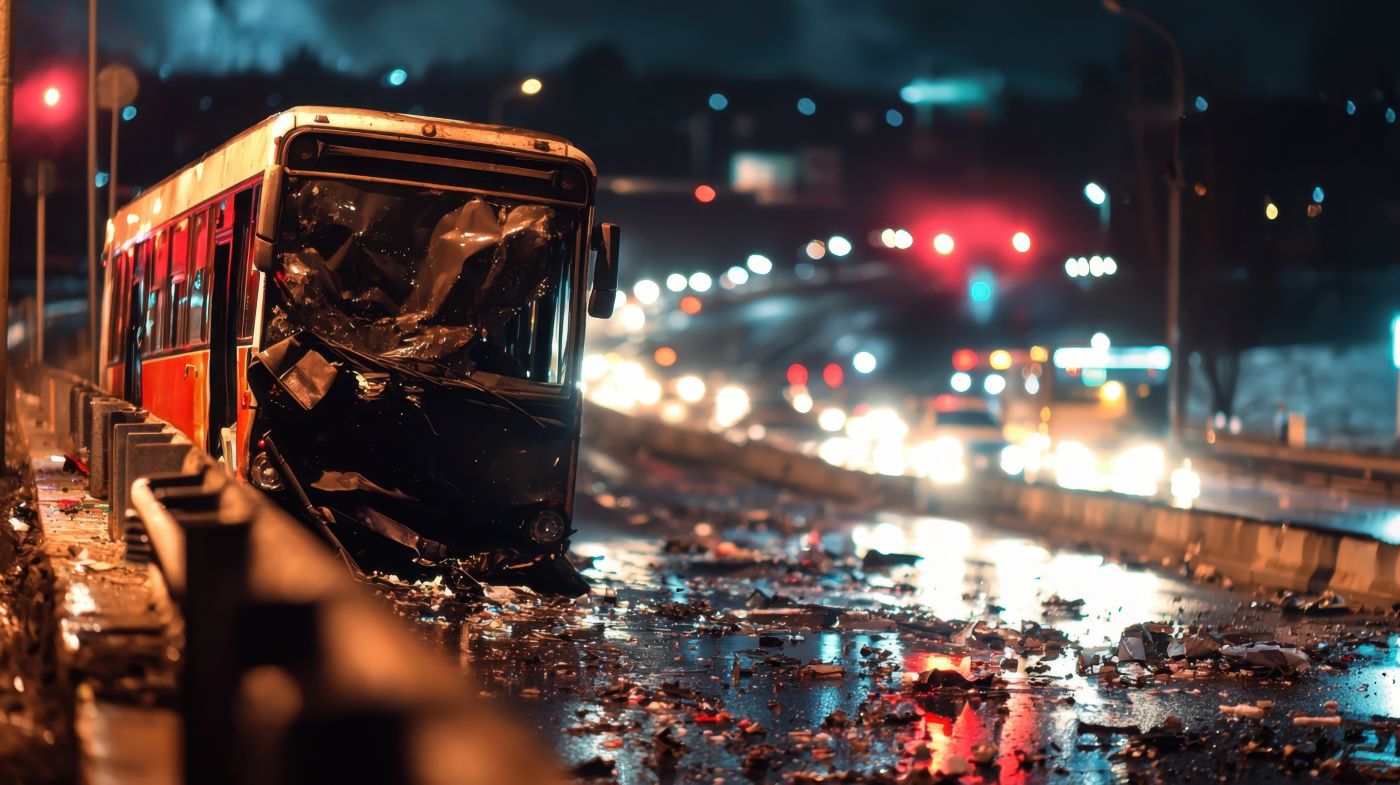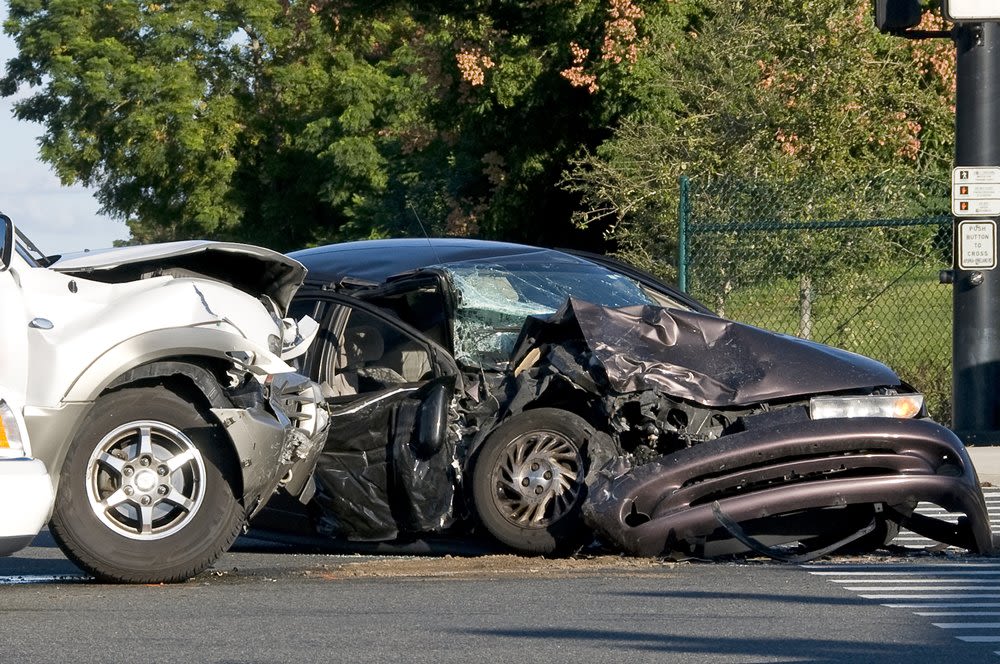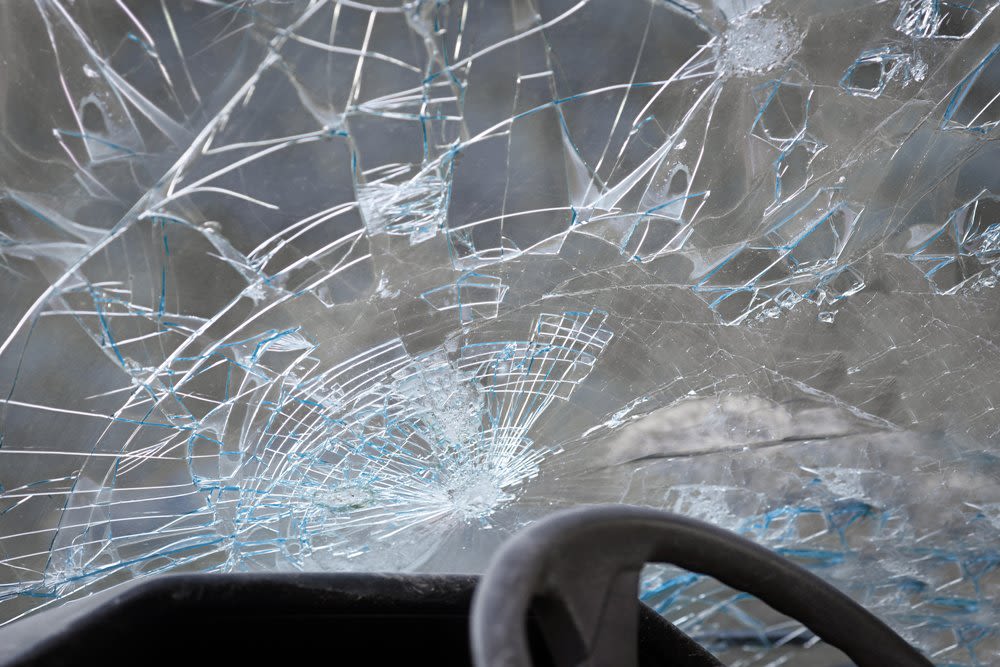
When people step onto a bus, whether it’s public transportation, a school bus, or a private charter, they expect to arrive safely. Unfortunately, accidents do happen, and when they do, questions immediately arise about what caused the crash and who should be held responsible.
At the Law Office of Jack M. Shapiro, P.C. in Buffalo Grove, Illinois, I proudly serve clients throughout the state.
As an experienced personal injury attorney, I’ve seen firsthand how devastating bus accidents can be for victims and their families. Unlike smaller vehicle crashes, bus accidents often involve multiple passengers, larger vehicles, and more serious injuries.
I’ll walk through the most common causes of bus accidents, discuss who may be liable, and explain why it’s important to hold the right parties accountable. Contact me today for more information or to schedule a consultation.
Driver-Related Causes
One of the most common causes of bus accidents is driver error. Buses are large vehicles that require careful attention and skill to operate. When a bus driver makes a mistake, the consequences can be severe. Some of the most frequent driver-related issues include:
Distracted driving, such as using a phone or interacting with passengers
Driving while fatigued, particularly on long routes or late at night
Driving under the influence of alcohol or drugs
Failing to follow traffic laws, such as speeding or running a red light
A bus driver’s actions are often at the center of accident investigations. Because they’re entrusted with passenger safety, drivers are held to higher standards than ordinary motorists. Still, even when driver error is clear, liability doesn’t always stop with the driver. That’s where the role of the employer or bus company comes into play.
Bus Company Responsibilities
When I review bus accident cases, I don’t just look at the driver’s actions. The bus company often plays a significant role in creating unsafe conditions. Companies may be responsible if they:
Hire drivers without proper background checks
Fail to provide adequate training
Pressure drivers to work long hours without sufficient breaks
Neglect regular vehicle maintenance
In these situations, the company can be held accountable for placing passengers and other drivers at risk. It’s not enough for companies to put buses on the road; they also have to organize operations in a way that prioritizes public safety.
Poor Vehicle Maintenance
Buses experience heavy use every day, which means regular maintenance is essential. When brakes, tires, steering systems, or other critical parts aren’t inspected and repaired, accidents become far more likely. Mechanical failure can lead to catastrophic results.
For example, brake failure in a crowded intersection doesn’t just endanger bus passengers—it threatens pedestrians, cyclists, and other drivers as well. In many of the cases I’ve worked on, poor maintenance practices were just as significant as driver mistakes. Liability in these situations may extend to:
The bus company responsible for maintaining the vehicle
Third-party contractors hired to perform repairs
Manufacturers of defective parts
Each of these parties may share responsibility if their actions or negligence contributed to the crash.
Road Conditions and Infrastructure Issues
Sometimes, the cause of a bus accident lies outside the control of the driver or bus company. Poor road conditions, faulty traffic signals, or unsafe construction zones can all contribute to crashes. For example, icy roads that haven’t been treated, potholes that remain unfilled, or intersections without adequate signage can all create hazards.
When infrastructure plays a role, liability may extend to the government agency responsible for maintaining the road. Filing a claim against a government body can be more complicated, but it’s still possible when negligence is clear. Holding these entities accountable is critical because unsafe roads put everyone at risk, not just bus passengers.
Weather-Related Factors
Illinois weather can be unpredictable. Heavy rain, snow, or fog can drastically reduce visibility and increase stopping distances. While no one can control the weather, drivers and companies are still responsible for adjusting their behavior during hazardous conditions. If a driver fails to reduce speed or maintain safe following distances, that can constitute negligence.
Similarly, companies that pressure drivers to stay on schedule despite unsafe conditions may also share liability. Weather doesn’t excuse careless behavior. Instead, it raises the bar for what drivers and companies should do to protect passengers and others on the road.
Passenger Behavior
While less common, passenger behavior can sometimes contribute to bus accidents. A disruptive passenger can distract the driver, interfere with controls, or create dangerous conditions inside the vehicle.
In these cases, responsibility may be shared between the disruptive passenger and the bus operator if the situation wasn’t managed properly. Drivers are expected to maintain a safe environment, and failing to address a hazardous passenger could be considered negligence.
School Bus Accidents
School bus accidents deserve particular attention because they involve children. Parents trust schools and transportation providers to keep students safe, but accidents still occur. Causes of school bus accidents often include:
Drivers failing to follow stop-arm rules
Inadequate supervision of children getting on or off the bus
Poor maintenance of school buses
Distracted or unqualified drivers
In these cases, liability may extend to the school district, the private contractor operating the buses, or the driver personally. Because children are especially vulnerable, these cases often carry significant consequences.
Who Can Be Held Responsible?
Determining liability in a bus accident isn’t always straightforward. Multiple parties may be at fault, and each situation requires careful analysis. Potentially responsible parties include:
The bus driver, for negligent or reckless actions
The bus company, for poor hiring, training, or maintenance practices
Third-party maintenance providers, for negligent repairs
Manufacturers, for defective parts or equipment
Government entities, for unsafe roads or inadequate signage
Passengers, for creating unsafe distractions or interference
Because so many different factors can contribute, identifying all responsible parties is critical. This not only strengthens a claim but also increases the likelihood of securing full compensation for victims.
How Personal Injury Law Comes Into Play
As someone who works with accident victims, I know how important it is to connect the cause of an accident with legal responsibility. Personal injury law provides a way for victims to recover damages when they’ve suffered harm due to someone else’s negligence.
When bus accidents occur, victims may face medical bills, lost income, pain and suffering, and long-term rehabilitation needs. Personal injury claims allow them to pursue compensation that addresses these costs.
Holding the correct parties accountable through personal injury claims doesn’t just benefit the victim. It also promotes safer practices for bus companies, drivers, and government agencies in the future.
Evidence That Supports Liability
Building a strong case often comes down to gathering the right evidence. When I represent clients in bus accident cases, I prioritize collecting clear, reliable information. Some of the most important forms of evidence include:
Police reports that document the accident
Maintenance records showing whether the bus was serviced properly
Driver logs that track hours and schedules
Eyewitness testimony from passengers or bystanders
Surveillance footage from nearby cameras or the bus itself
Expert accident reconstruction reports
This evidence helps demonstrate not only what happened but also who should be held responsible. Without it, claims can be much harder to prove.
Common Injuries From Bus Accidents
Bus accidents can cause a wide range of injuries, many of which require significant medical care. Unlike smaller car accidents, passengers often lack seatbelts, which increases the risk of harm. Typical injuries include:
Broken bones and fractures
Head and brain injuries
Spinal cord injuries
Cuts and lacerations from broken glass
Soft tissue injuries such as sprains and whiplash
The impact of these injuries can last for months or even years. In some cases, victims never fully recover, which makes seeking compensation through a personal injury claim even more critical.
Why Multiple Parties Often Share Liability
One of the unique aspects of bus accident cases is that liability rarely falls on just one party. Instead, responsibility is often shared. For example, a driver may be distracted, but if the company failed to train that driver properly or pressured them to work excessive hours, both parties may share blame.
Similarly, if poor road conditions combined with mechanical failure caused the crash, responsibility could fall on both the government and the maintenance provider. Understanding this shared responsibility is essential for building a comprehensive personal injury claim.
Financial Consequences for Victims
Beyond the physical injuries, bus accidents often leave victims facing serious financial challenges. Medical bills, time away from work, and rehabilitation costs can add up quickly. A successful personal injury claim can help victims recover compensation for:
Medical expenses, both current and future
Lost wages and loss of future earning capacity
Pain and suffering
Property damage
Rehabilitation and therapy costs
Compensation doesn’t undo the harm, but it does provide the financial stability needed to focus on recovery. For many victims, working with an attorney experienced in personal injury law can make the difference between struggling alone and securing compensation.
Call the Law Office of Jack M. Shapiro, P.C. Today
Bus accidents are rarely simple. Multiple causes and responsible parties often intersect, making each case unique. From driver error and poor maintenance to unsafe road conditions and company negligence, the factors behind these accidents must be carefully examined.
Serving Buffalo Grove and the surrounding areas — including Arlington Heights, DuPage County, Lake County, Mount Prospect, Palatine, Vernon Hills, Mundelein, Cook County, Hoffman Estates, McHenry County, Northbrook, Schaumburg, and Wheeling — I’m here to provide trusted legal representation. Reach out to the Law Office of Jack M. Shapiro, P.C. today.



